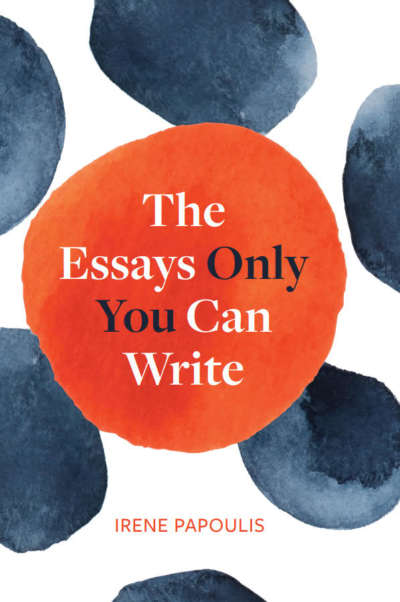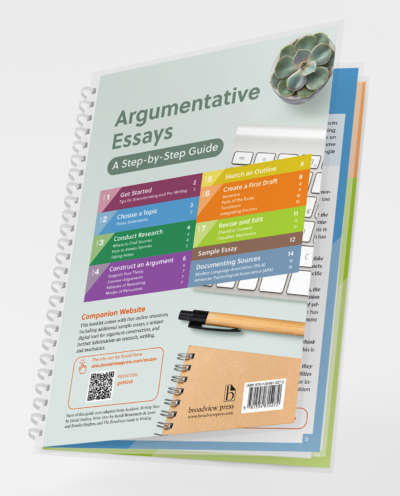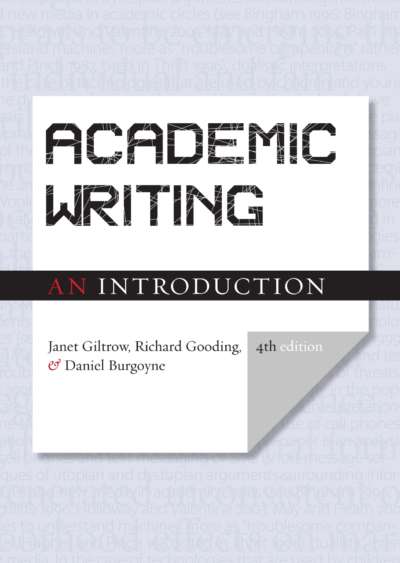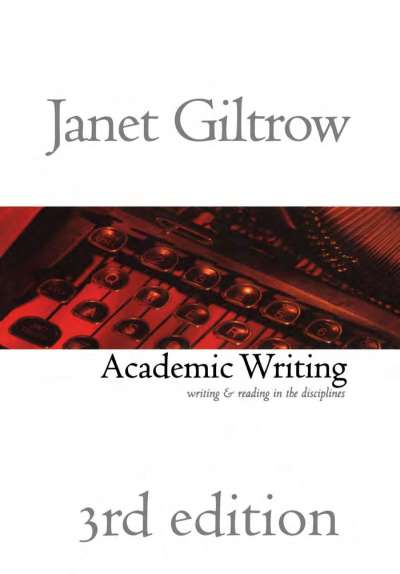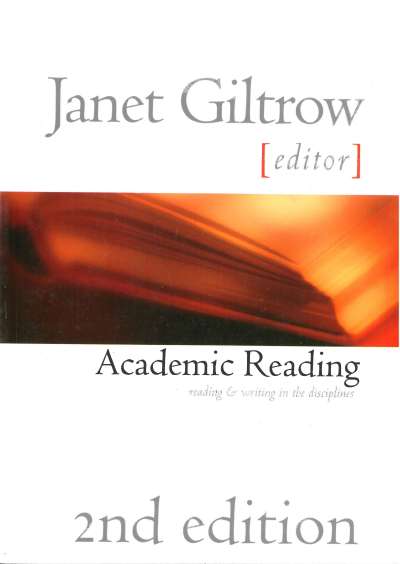We also offer a free 37-page PDF booklet on the topic of AI and higher education.
AI and Writing is an introduction to Generative Artificial Intelligence (GenAI) and its emergent role as a tool for academic, professional, civic, and personal writing. Sid Dobrin examines GenAI from two perspectives: the conceptual and the applied. The conceptual approach addresses the function of GenAI and the ramifications of its use as a writing tool – especially the ethical, social, and material issues it raises. The applied approach offers guidance to assist readers in using GenAI responsibly and authentically. In consideration of the rapid evolution of GenAI and the many unsettled questions about its role, Dobrin leaves room for readers to adapt to shifting technological and institutional conventions.
This book is intended for composition and writing-intensive courses, and for any readers with a general or professional interest in the role of GenAI in writing. While it is primarily designed for first-year writing courses, it’s also applicable to courses in advanced writing, professional writing, technical writing, business writing, and writing across the curriculum, as well as writing-intensive courses in other disciplines. In other words, it can be used in any course in which students are required to produce texts.
Comments
“AI and Writing is a practical, just-in-time guide for students—and teachers—on the uses and limitations of Generative AI in writing. Just as importantly, it will prompt critical reflection about AI's role in the future of writing and writing education. An invaluable read for anyone who wants to better understand GenAI and its impact on education.” — Naomi Mardock Uman, Metropolitan Community College
“Sid Dobrin’s AI and Writing offers engaging insights that cut through contemporary anxiety surrounding generative AI in education. This book adeptly navigates both the speculative and the practical landscape of digital technologies, demystifying the complexities of generative AI and presenting actionable insights. Dobrin’s writing is framed by a philosophical and ethical lens that makes this book relevant, accessible, and essential reading for educators and learners alike.” — Clare Dyson, RMIT University Adobe Creative Campus
“Sid Dobrin has spent his career pushing us to see what comes next for writing, and AI and Writing offers yet another exciting glimpse around the corner.… Dobrin’s book offers educators and students alike a vantage point from which to engage writing’s future.” — Jason Crider, Texas A&M University
“Whether you are preparing students and colleagues for the new world of writing with AI or just trying to help them catch up to what has happened since the release of ChatGPT, Sid Dobrin offers an essential resource. The speed of change in AI and writing can be intimidating, but Dobrin deftly captures the enduring questions, illuminates a longer history than some might realize for these technologies, and sets an agenda for thoughtful engagement with AI rather than a reactionary response.” — William Hart-Davidson, Michigan State University
“This is a good read for contemplating the future of writing, especially as it applies to teaching people how to write academically and in their career of choice. Answering the questions at the end of each chapter would be time well spent for considering the ramifications of this technology.” — Michelle Gardner. in Technical Writing


